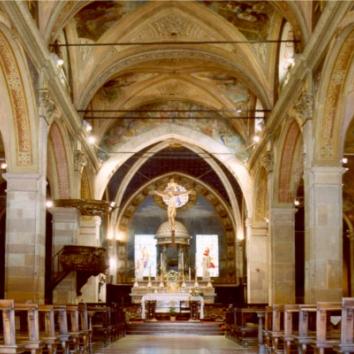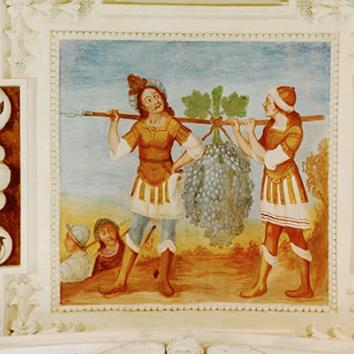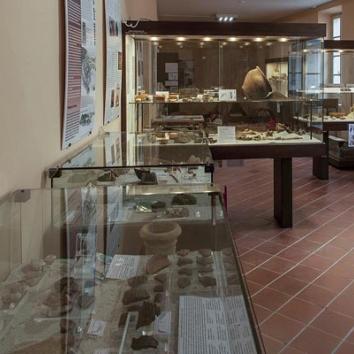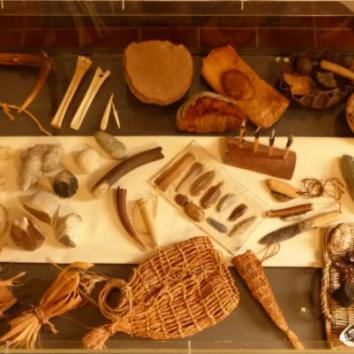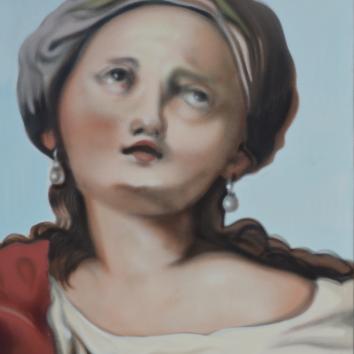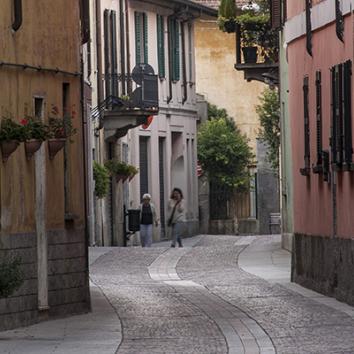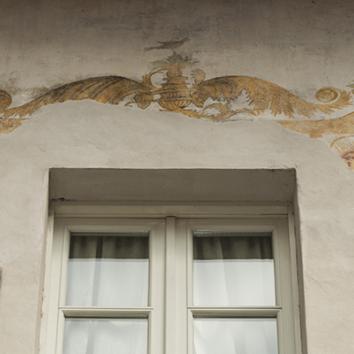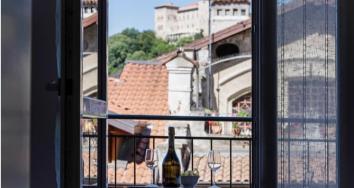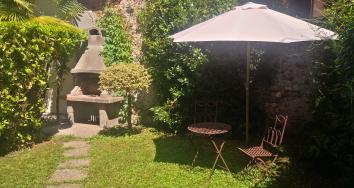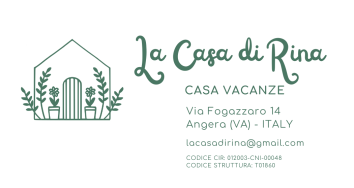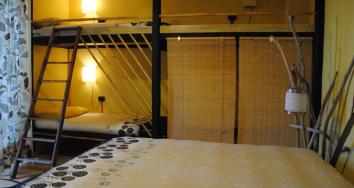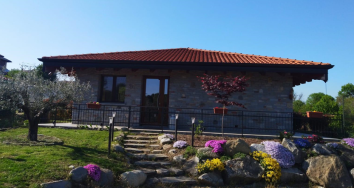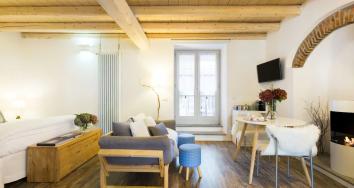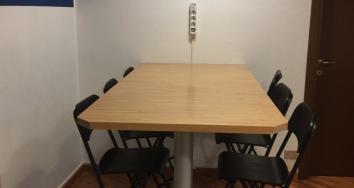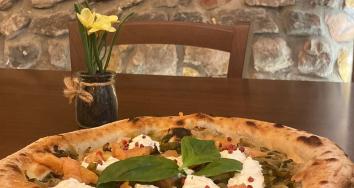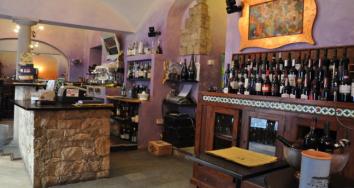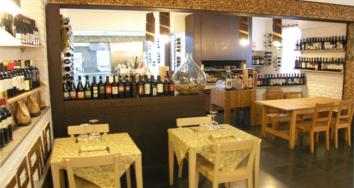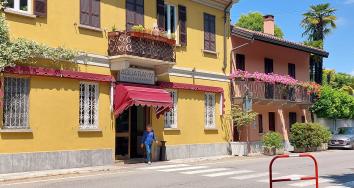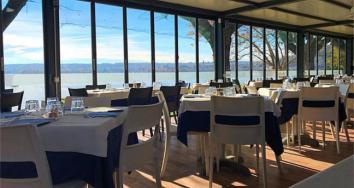San Quirico (by Andrea Ravo Mattoni)
Sito n.55 Museo Diffuso
Detail of face attributed to San Quirico, from the wall paintings discovered in 1993 in the sacristy of the church of Santa Maria Maddalena e Ambrogio in Capronno.
Andrea Ravo Mattoni, 2019, spray paint on PVC canvas, 1.5 x 1.5 m.The church was founded in the 11th century and has undergone several rebuilds. The earliest wall paintings appear to be of 15th century date and decorated the apse; further frescoes were painted in 1578. The church was restructured in 1865 and painted once more in the early 1900s; the parts with 15th and 16th century paintings were turned into service rooms. The detail chosen by the artist comes from the oldest decorations. The fragment depicted features the fine-featured face of a boy with short blond hair, wearing a yellow cloak with a red collar; his holiness is indicated by the presence of a halo. It has been speculated that it may be San Quirico, who is highly revered locally, together with his mother Giulitta. No attributes are present that allow them to be identified with certainty, but the suggestion seems confirmed by the boy's youth and attestations present in the records of pastoral visits in 1579. Mother and son were martyred in the East; in the early 4th century the emperor Diocletian ordered the persecution of Christians. Giulitta, a Christian widow originally from Iconium, in present-day Turkey, refused to deny her faith. Seeing his mother being whipped, three-year-old Quirico said 'I'm a Christian too!' He was thrown to the ground, banging his head and dying a martyr; his mother thanked God for welcoming him to the Kingdom of Heaven and was then beheaded. The two martyrs are revered in the East on July 15th and in the West on June 16th. On June 16th 1412, Francesco Maria Visconti entered Milan, where he became duke and later offered (and imposed) important donations to celebrate Quirico and Giulitta. The church on San Quirico Hill in Angera predates these events, but Visconti's measures encouraged the saint's veneration; this would explain why it was also decided to name the church of Capronno after the martyrs. See Angera Open-Air Museum Site 37 - www.angera.it




